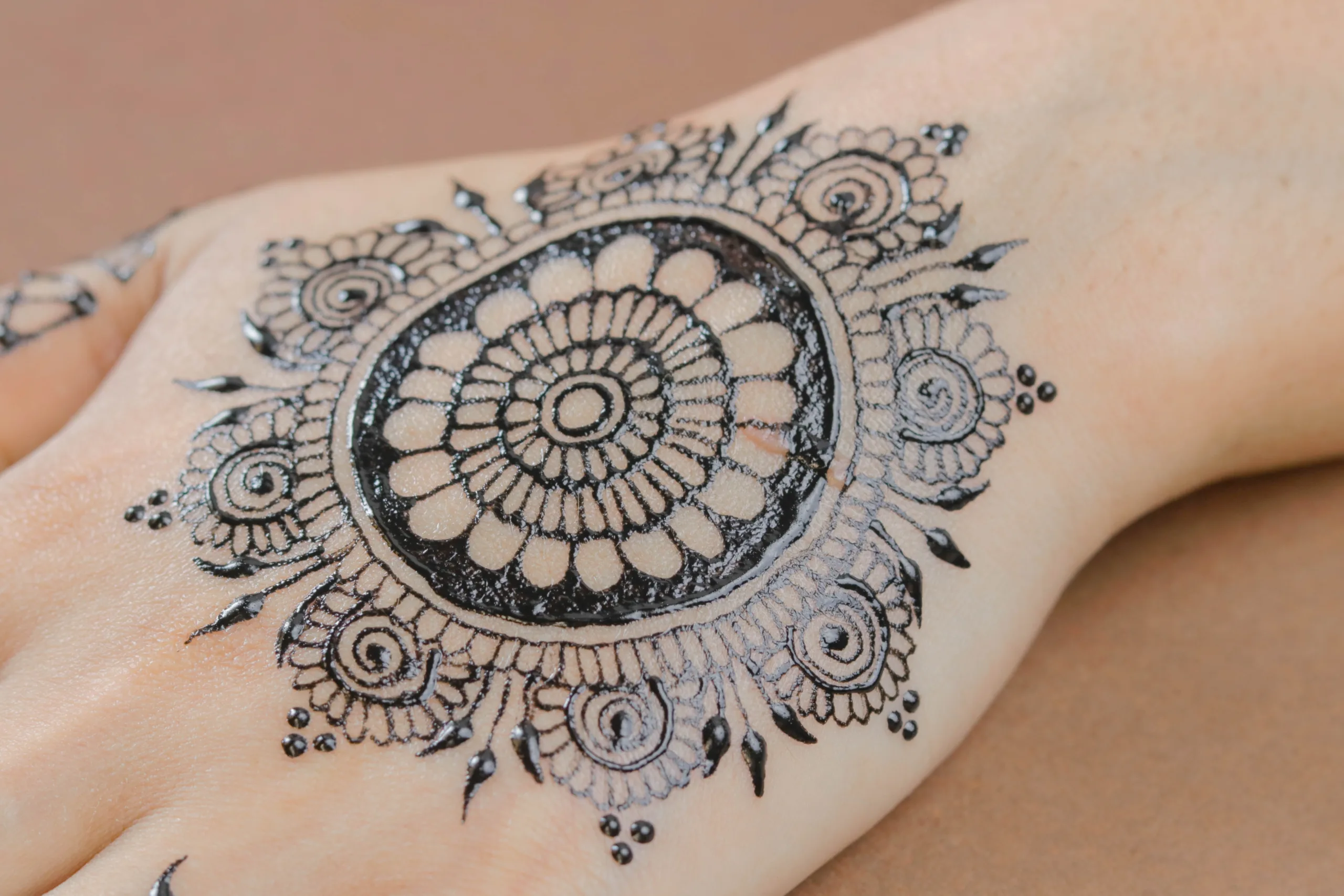Introduction
In the realm of mindfulness practices, mandala mindfulness holds a special place. The captivating beauty and intricate designs of mandalas have captivated people for centuries. But what exactly is mandala mindfulness, and how can it benefit our well-being? In this comprehensive guide, we will delve into the world of mandala mindfulness, understanding its essence, exploring its benefits for mental health, and discovering practical ways to incorporate mandalas into our mindfulness practice.
Understanding Mandala Mindfulness
What is Mandala Mindfulness?
Mandala mindfulness refers to the practice of using mandalas as a focal point for meditation and mindfulness. Derived from the Sanskrit word for “circle,” mandalas are intricate geometric patterns that represent the wholeness and interconnectedness of the universe. Engaging with mandalas can help individuals achieve a state of deep concentration, relaxation, and inner harmony.
Using Mandalas for Mindfulness
Mandalas can be used as a tool to enhance mindfulness practice. Here’s how you can incorporate mandalas into your mindfulness journey:
- Contemplative Observation: Select a mandala that resonates with you. Place it in front of you and observe its intricate details, shapes, and colors. Engage in contemplative observation, allowing your mind to focus solely on the mandala, bringing your attention to the present moment.
- Coloring Mandalas: Coloring mandalas is a popular mindfulness activity. Choose a mandala design that speaks to you and color it mindfully. Pay attention to the sensations of the coloring process—the feel of the pen or pencil, the movements of your hand, and the colors merging together. Let go of any judgment and immerse yourself in the meditative experience.
- Mandala Meditation: Find a comfortable position, focus your gaze on the center of a mandala, and allow your breathing to become steady and relaxed. As you inhale and exhale, let your attention wander through the intricate patterns of the mandala, following its contours and shapes. Embrace the stillness and tranquility that arises within.
Mandala Art and Mindfulness
Mandala art is inherently mindful in nature. The process of creating a mandala requires focus, attention to detail, and a non-judgmental attitude. Engaging in mandala art allows individuals to express their creativity while experiencing a meditative state of flow. It is a form of active meditation that promotes relaxation, self-expression, and self-discovery.
The Benefits of Mandala Mindfulness for Mental Health
Engaging in mandala mindfulness practices can have a profound impact on mental health and overall well-being. Here are some key benefits:
1. Stress Reduction and Relaxation
The intricate and repetitive patterns of mandalas can have a calming effect on the mind. Engaging with mandalas helps reduce stress, promotes relaxation, and activates the body’s relaxation response. It serves as a therapeutic tool to unwind and find solace amidst the chaos of daily life.
2. Enhanced Focus and Concentration
Focusing on the intricate details of a mandala requires concentration and attention. Regular practice improves cognitive abilities, enhances focus, and sharpens concentration skills. It trains the mind to stay present and anchored in the current moment.
3. Self-Expression and Creativity
Creating or coloring mandalas provides a space for self-expression and creativity. It allows individuals to tap into their inner artist and unleash their imagination. This process fosters a sense of empowerment, boosts self-esteem, and encourages exploration of personal identity.
4. Emotional Healing and Self-Reflection
Engaging with mandalas can facilitate emotional healing and self-reflection. The meditative process of creating or observing mandalas allows individuals to explore and process their emotions in a safe and non-judgmental space. It supports personal growth, self-awareness, and emotional well-being.
Frequently Asked Questions (FAQs)
Q: What is mandala mindfulness?
A: Mandala mindfulness is the practice of using mandalas as a focal point for meditation and mindfulness. It involves observing, coloring, or creating mandalas as a means to cultivate present-moment awareness and inner harmony.
Q: How do you use mandalas for mindfulness?
A: Mandalas can be used for mindfulness by engaging in contemplative observation, coloring mandalas, or practicing mandala meditation. These activities help redirect the focus of the mind, promote relaxation, and enhance mindfulness.
Q: Is mandala art mindfulness?
A: Yes, mandala art is a form of mindfulness. Engaging in the creation or coloring of mandalas requires focused attention, non-judgment, and being fully present in the creative process.
Q: How do mandalas help mental health?
A: Mandalas can help mental health by reducing stress, enhancing focus, promoting self-expression, and supporting emotional healing. Engaging with mandalas provides a therapeutic outlet for relaxation, self-reflection, and creative expression.
Q: Does mandala reduce anxiety?
A: Engaging with mandalas can help reduce anxiety by promoting relaxation, redirecting attention, and facilitating a state of calm. The repetitive and intricate nature of mandalas can have a soothing effect on the mind.
Q: Is mandala good for anxiety?
A: Yes, mandalas can be beneficial for individuals experiencing anxiety. The process of engaging with mandalas can help calm the mind, reduce anxiety symptoms, and provide a sense of control and grounding.
Conclusion
Mandala mindfulness is a powerful practice that combines art, meditation, and mindfulness to cultivate inner harmony and well-being. By engaging with mandalas, whether through observation, coloring, or creation, individuals can tap into a state of relaxation, focus, and self-expression. The intricate patterns of mandalas invite us to explore the depths of our consciousness, connecting us to the present moment and fostering a sense of inner peace. Embrace the transformative potential of mandala mindfulness and embark on a journey of self-discovery and tranquility.
External Links:

1 thought on “Mandala Mindfulness”